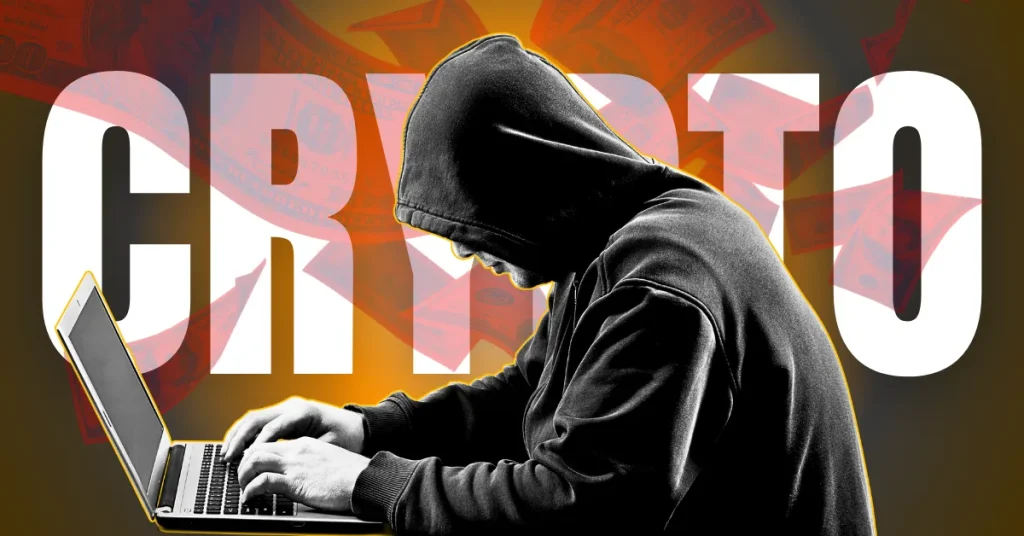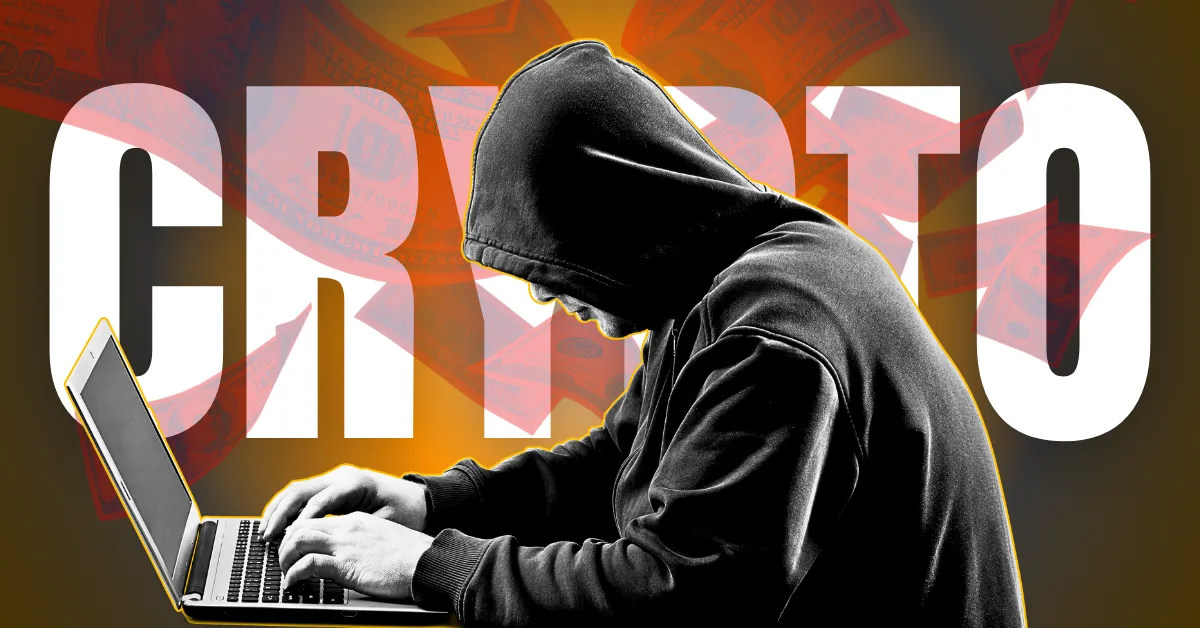
The CoinDCX Breach: A Deep Dive into Crypto Exchange Security
Introduction: The $44.2 Million Wake-Up Call
The cryptocurrency world operates in a state of perpetual tension between innovation and vulnerability. This delicate balance was starkly illustrated when CoinDCX, India’s premier crypto exchange, suffered a $44.2 million security breach. This incident isn’t just another data point in the crypto security landscape—it’s a case study that reveals critical weaknesses in exchange security protocols and underscores the sophistication of modern cyber threats. The fact that the attack began with a mere 1 ETH from Tornado Cash demonstrates how malicious actors are leveraging privacy tools to execute increasingly complex heists.
Anatomy of the Attack: How the Breach Unfolded
The breach originated from a compromised internal account, immediately raising red flags about the security of privileged access points within the exchange. Internal accounts typically have elevated permissions, making them prime targets for attackers seeking to bypass standard security measures.
The attack vector was particularly insidious. On-chain analyst ZachXBT traced the attacker’s initial funding to Tornado Cash, a privacy-focused tool designed to obscure transaction origins. This strategic choice allowed the attacker to mask their identity and movements. Following this, the stolen funds were bridged from the Solana blockchain to Ethereum, a tactic that further complicated tracing efforts and demonstrated the attacker’s technical sophistication.
This multi-layered approach reveals a disturbing trend: cybercriminals are becoming more adept at exploiting blockchain technology’s inherent features to their advantage. The use of cross-chain bridging and privacy tools indicates a new era of attack strategies that exchanges must now anticipate and defend against.
The Response: Transparency vs. Silence
The initial response to the breach was met with criticism from the crypto community. Cyvers, a blockchain security firm, first detected unusual activity, but CoinDCX remained silent for an extended period. This delay in disclosure fueled speculation and anxiety among users, highlighting a critical issue in crypto security: transparency.
ZachXBT eventually brought the incident to light on Telegram, forcing CoinDCX’s hand. CEO Sumit Gupta confirmed the breach, reassuring users that customer funds were safe and that the losses would be covered by the company’s treasury. The exchange also suspended trading in its Web3 section as a precautionary measure.
While CoinDCX’s assurances were welcome, the delayed communication raised serious questions about the exchange’s commitment to transparency. In an industry where trust is the cornerstone of user confidence, timely and accurate information is non-negotiable. The exchange’s initial silence may have inadvertently eroded trust, a commodity that is already in short supply in the crypto world.
Security Measures: Containment and Beyond
CoinDCX’s ability to contain the breach suggests that some level of security infrastructure was in place. The exchange isolated compromised accounts and implemented additional security measures, though the specifics remain undisclosed. This incident underscores the need for continuous improvement in security protocols.
A thorough security review is reportedly underway, which should encompass all aspects of the exchange’s infrastructure, from code to processes. This review must be comprehensive, addressing not just the immediate vulnerabilities but also the broader security posture of the exchange.
The Ripple Effect: Broader Implications for the Crypto Industry
The CoinDCX breach has far-reaching consequences for the crypto ecosystem:
- Erosion of Trust: Security breaches inevitably shake user confidence. Investors may become more cautious about storing assets on exchanges, preferring self-custody solutions instead.
- Regulatory Scrutiny: Such incidents often attract the attention of regulators, who may impose stricter oversight on crypto exchanges. This could lead to more stringent compliance requirements and increased scrutiny of exchange operations.
- Increased Security Awareness: The breach serves as a wake-up call for other exchanges to prioritize security. It highlights the need for robust defenses against increasingly sophisticated attacks.
- Reputation Impact: While CoinDCX has stated that customer funds are safe, the incident may still affect its reputation and user base. Users may migrate to exchanges perceived as more secure, leading to a loss of market share.
Lessons Learned: Strengthening Crypto Exchange Security
The CoinDCX breach offers several critical lessons for the crypto industry:
- Internal Account Security: Privileged access must be protected with the highest level of security, including multi-factor authentication and regular audits.
- Real-Time Monitoring: Exchanges must implement robust monitoring and alerting systems to detect suspicious activity in real time.
- Incident Response Plans: Well-defined incident response plans are essential for containing and mitigating breaches effectively.
- Transparency and Communication: Timely and accurate communication is crucial for maintaining user trust. Exchanges should be transparent about incidents and provide regular updates.
- Advanced Security Technologies: Exchanges should explore and implement advanced security technologies, such as multi-party computation (MPC) and hardware security modules (HSMs).
- Regular Security Audits: Conducting regular security audits and penetration testing is vital for identifying and addressing vulnerabilities.
- Employee Training: Educating employees about common security threats, such as phishing and social engineering, is essential for creating a culture of security awareness.
The Path Forward: Rebuilding Trust and Ensuring Security
The CoinDCX breach is a stark reminder of the challenges and risks associated with operating a crypto exchange. While the exchange has taken steps to contain the incident and reassure users, the road to rebuilding trust and ensuring security is long and complex.
Moving forward, CoinDCX must prioritize transparency, strengthen its security infrastructure, and foster a culture of security awareness. The exchange should also collaborate with regulators and the broader crypto community to share best practices and promote a more secure ecosystem.
Ultimately, the success of CoinDCX and the crypto industry hinges on its ability to address security challenges and build a foundation of trust and confidence.
Conclusion: Security as an Ongoing Commitment
The CoinDCX breach is more than just a security incident—it’s a critical inflection point for the entire cryptocurrency landscape. It underscores that security is not a destination but a continuous journey, demanding constant vigilance, adaptation, and innovation. The incident highlights the intricate dance between offense and defense in the digital realm, where attackers are perpetually evolving their tactics, forcing defenders to stay one step ahead.
The key takeaway is clear: in the fast-paced world of crypto, complacency is a luxury no exchange can afford. The CoinDCX breach serves as a powerful reminder that security must be a top priority, not just for exchanges but for the entire crypto ecosystem. Only by embracing a proactive and adaptive approach to security can the industry hope to build a future where trust and innovation coexist.





